Kyoto, it can be said, is a complex city. Imbued in tradition and history, it’s also a fascinating and modern destination. Enchanting, protean and ever elusive, it’s this subtle combination of attributes that makes it so attractive to visitors from Japan and overseas. One of Japan’s most acclaimed authors Junichiro Tanizaki, although born in Tokyo relocated to Kansai after the Great Kanto Earthquake of 1923, once wrote about Kyoto:
“Kyoto is a city that teaches you to appreciate the beauty of simplicity. From the minimalist design of its temples to the subtle flavors of its cuisine, there is a sense of elegance and refinement that pervades the city. It’s a place where you can learn to find beauty in the everyday, and appreciate the artistry that goes into even the simplest things.”
Hotel The Mitsui Kyoto
Hotel The Mitsui Kyoto (stylized as HOTEL THE MITSUI KYOTO), embodies everything that Tanizaki writes about and much more. From the moment you arrive, to be greeted by the sumptuous Kajiimiya Gate and enter the astounding lobby area which overlooks the powerfully serene gardens, a scene found pretty much nowhere else in the ancient Japanese capital or really anywhere else in the country. The Kajiimiya Gate, with a profound history spanning over 300 years, was originally built in 1703 in the Kawaramachi Imadegawa area of Kyoto as the gate to the Kajiimiya Palace within the Kyoto Imperial Palace grounds. In 1935, the gate was relocated to the residence of the Mitsui family, which had existed in this particular area for over 250 years. It was officially registered as a Tangible Cultural Property in July 2021.
With interior architecture by renowned Hong Kong creative André Fu, Hotel The Mitsui Kyoto is a modern-day testament to the storied history of the city and its culture. The aim of Fu was “to preserve a sense of heritage, whilst overlaying it with a contemporary interpretation of Kyoto’s history” and he achieves this and more with elegant and expansive use of space, light and furnishings.
Some of the guestrooms at Hotel The Mitsui Kyoto look onto the revered Nijo-jo Castle which sits with pride and pomp in this part of the city. The hotel and castle sit within the Nakagyo ward which has a slightly more tranquil ambience than other more tourist-focused districts. The famed Nishiki Market where a dizzying amount of local culinary delicacies can be found, also can be found nearby.
Hotel The Mitsui Kyoto, like most modern luxury hotels, plays host to an array of state-of-the-art facilities including a gym, thermal spring spa, souvenir store, restaurants, bar and outdoor areas where guests can relax and listen to the quietness and serenity which surrounds them. The restaurant TOKI is headed by acclaimed chef Testuya Asano who is Japan’s representative at the Bocuse d’Or International Culinary Competition 2027. The chef is renowned for his use of Kyoto ingredients with a French style of cooking.
The beautifully lavish guestrooms are, ostensibly, a modern reimagining of the traditional Japanese tearoom. The hotel’s 160 guest rooms feature curated natural materials, showcasing top-quality craftsmanship. Each room embodies the authentic beauty of Japanese design. It will come as no surprise, then, that Hotel The Mitsui Kyoto was, this year, awarded Five-Stars by the Forbes Travel Guide and has garnered an array of other accolades and international recognition as one of the world’s leading hotels.
Noh Drama at the Old Mitsui Family Shimogamo Villa in Kyoto
Although I was in Kyoto to stay at Hotel The Mitsui Kyoto, I had another reason to be there which involved one of the most special experiences I’ve ever had in Japan. Driven in a private car from Hotel The Mitsui Kyoto to the historic Old Mitsui Family Shimogamo Villa in Kyoto, I was ushered by lantern light into the gorgeous and historically profound villa and ascended the wooden stairs to the second floor to be greeted by chef Asano from the Hotel The Mitsui Kyoto who had laid on a multicourse meal served in beautiful wooden bento boxes and paired with wine and sake. Gorgeous and subtle in flavors and aesthetics it was the perfect opening for what was to follow next.
As a former student of literature and theater in Glasgow, I had studied and seen noh drama before. I knew, for example, that noh had had a huge impact in the work of Irish writers W.B. Yeats and Samuel Beckett and that the performing artform had a history dating back about 700 years. A few years ago I traveled to Kurokawa in Yamagata Prefecture and saw, firsthand, this remarkable town’s noh theater and met the performers there. Here I was, however, in the historic Old Mitsui Family Shimogamo Villa in Kyoto and was given an educational talk by leading noh performer and academic Haruna Tanaka from the Kongo School of Noh. Tanaka explained beautifully in English about the history of noh, the idiosyncrasies of the art form, the use of stunning historic masks some of which date back centuries and about the intricate use of music and costume.
Tanaka’s casual and hugely informative lecture was followed with an actual noh performance of the drama Hanjo which was originally and coincidentally set in Shimogamo. Supported by three musicians playing traditional instruments in a darkly lit room, the lead performer or shite entered the room and performed a section of the drama resplendent in kimono and mask, gliding over the tatami mats and dancing so beautifully and intimately in a scene that was particularly moving and utterly enthralling. It’s extremely rare to see noh performed in such an environment with the shoji (sliding doors) open allowing for the natural sounds of autumn to flood into the room. Insects chirping and water trickling in the beautiful silence of an autumn evening in Kyoto. Something that I will never forget — both indelible and utterly majestic.
Unforgettable Memories
This luxury experience called “KYOTO NOH DINING 2024” is a supreme example of the kind of tailored and curated tours and experiences available to visitors to Kyoto. From the stay at Hotel The Mitsui Kyoto and the superb culinary experiences on offer to the noh drama element, it’s a unique and unforgettable way to see Kyoto through another lens. Kyoto is a magical city as it is but if you consider these particular experiences, the city becomes alive in a different way, making history and expertise come to life and an event which will remain in your memory forever.
For more information about Hotel The Mitsui Kyoto check here.
Photographs provided by Hotel The Mitsui Kyoto.


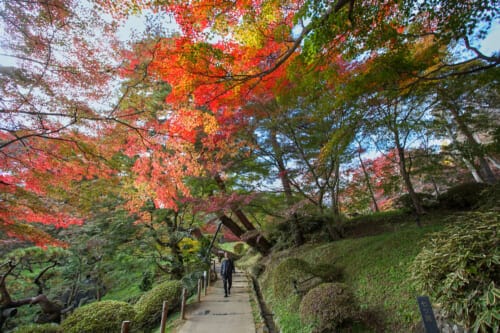
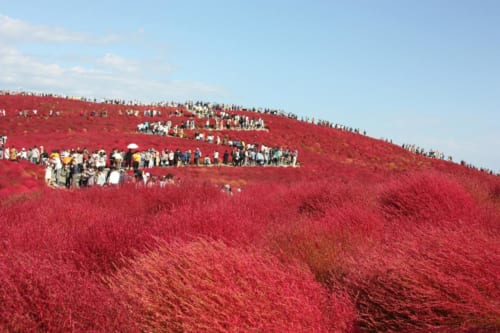
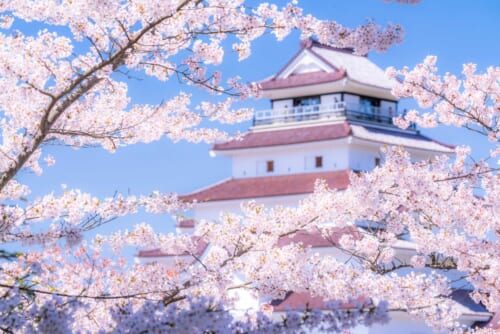

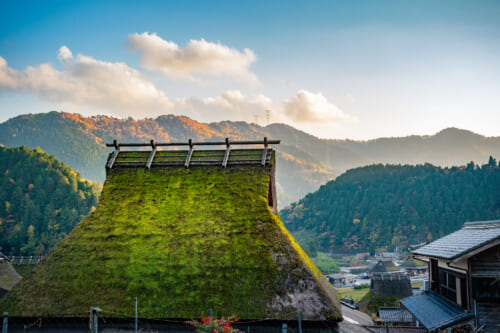
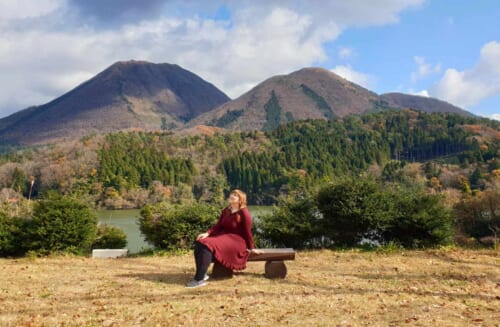
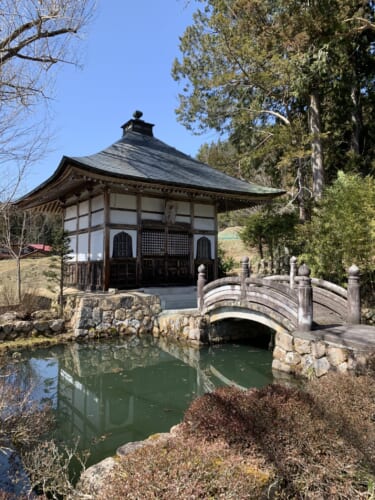


No Comments yet!